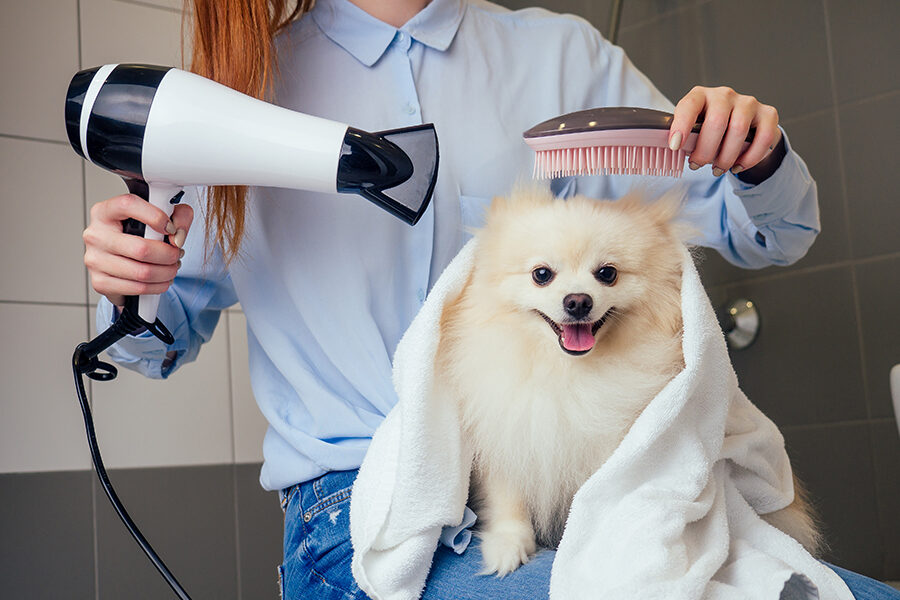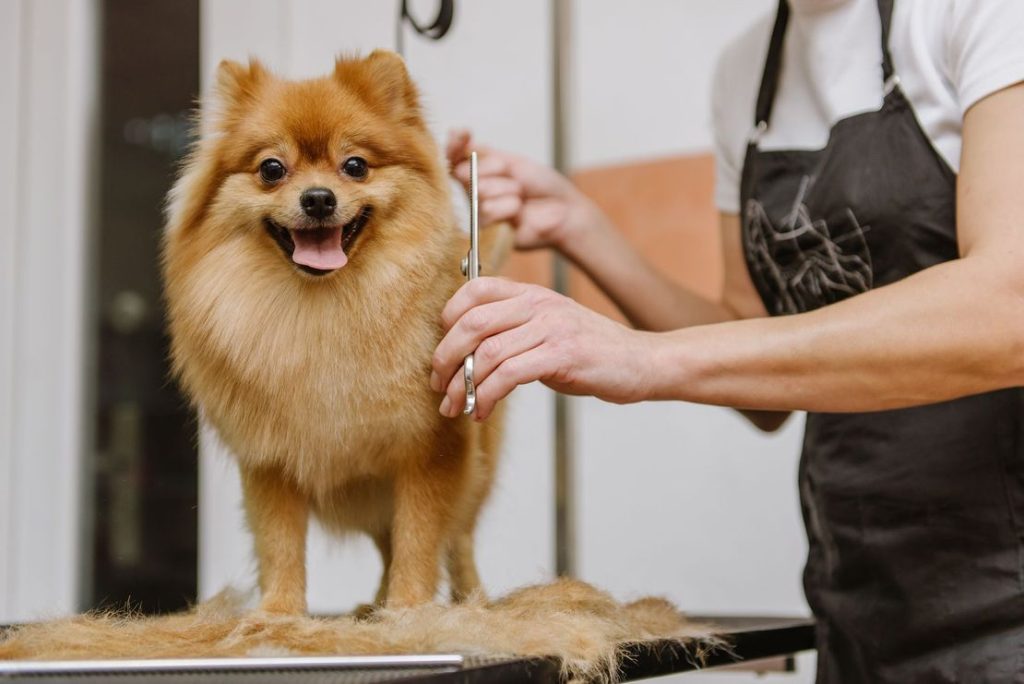Is your pet’s coat looking dull? Are you struggling with matted fur or overgrown nails? You’re not alone. Many pet owners feel overwhelmed when it comes to proper grooming, yet regular grooming is crucial for your pet’s health and well-being.
Proper grooming goes beyond just keeping your pet looking good—it’s about maintaining their overall health. From preventing skin infections to detecting early health issues, consistent grooming practices can add years to your pet’s life while strengthening your bond together.

Why Regular Pet Grooming Matters
Regular grooming helps prevent common health issues like skin infections, ear problems, and nail injuries. According to veterinary studies, pets who receive consistent grooming care have 40% fewer visits to the vet for preventable conditions.
Essential Pet Grooming Tips for Healthy Pets
1. Establish a Regular Brushing Routine
Different coat types require different brushing frequencies:
- Long-haired pets: Daily brushing to prevent matting
- Short-haired pets: 2-3 times per week
- Double-coated breeds: Daily during shedding seasons
2. Master the Art of Nail Trimming
Overgrown nails can cause pain and mobility issues. Trim nails every 2-3 weeks, cutting just the white tip to avoid the pink quick inside.
3. Clean Ears Regularly
Check ears weekly for signs of infection like redness, odor, or excessive wax. Use pet-specific ear cleaning solutions and cotton balls—never cotton swabs.
4. Maintain Proper Dental Hygiene
Brush your pet’s teeth 2-3 times weekly with pet toothpaste. This prevents periodontal disease, which affects 80% of dogs by age three.
5. Choose the Right Bathing Frequency
- Dogs: Every 4-6 weeks, or when dirty
- Cats: Rarely needed unless they can’t groom themselves
- Active outdoor pets: May need more frequent baths
6. Use Quality Grooming Tools
Invest in professional-grade brushes, clippers, and nail trimmers. Quality tools make grooming easier and safer for both you and your pet.
7. Check for Skin Issues During Grooming
Look for unusual bumps, rashes, parasites, or changes in skin color. Early detection can prevent minor issues from becoming serious problems.
8. Keep Grooming Sessions Positive
Start slowly with young pets, use treats and praise, and never rush the process. Positive associations make future grooming sessions easier.
9. Know When to Seek Professional Help
Complex grooming tasks like full haircuts, anal gland expression, or dealing with severe matting often require professional groomers.
10. Maintain Clean Grooming Equipment
Sanitize brushes and tools after each use to prevent bacterial growth and cross-contamination between grooming sessions.

Sarah, a Golden Retriever owner from Denver, struggled with her dog’s excessive shedding and matting. After implementing a daily brushing routine and using the right tools, she reduced shedding by 70% and eliminated matting completely within six weeks.
Common Grooming Mistakes to Avoid
- Using human shampoo (it disrupts pets’ skin pH)
- Cutting nails too short
- Ignoring your pet’s stress signals
- Bathing too frequently, which strips natural oils
- Using dirty grooming tools
Take Action for Your Pet’s Health
Ready to transform your pet’s grooming routine? Start with one tip this week and gradually build your skills. Your pet’s health and happiness depend on consistent care.